Introducing The New Range of PoE++ Compliant Network Patch Leads

Eighteen months ago, we decided to amend the specification of all our Category 6 and Category 6a Network Patch leads to ensure compliance with the PoE++ standards.
This amendment required us to change the core components used in our cables to a PoE++ certified cable and IEC 60603-7 RJ45 connectors that use our "Full Gold"* RJ45. It has taken us these last eighteen months to cleanse all our old stock and replace it with compliant cables, and we are now pleased to launch our range.
Power over Ethernet Applications
All our cables can be used with the current IEEE 802.3 PoE Standards, including 15W PoE (IEEE 802.3af), 30W PoE+ (IEEE 802.3at), 60W PoE++ (IEEE 802.3bt Type 3), and 100W PoE++ (IEEE 802.3bt Type 4), and still fully backwards compatible with all current networks.
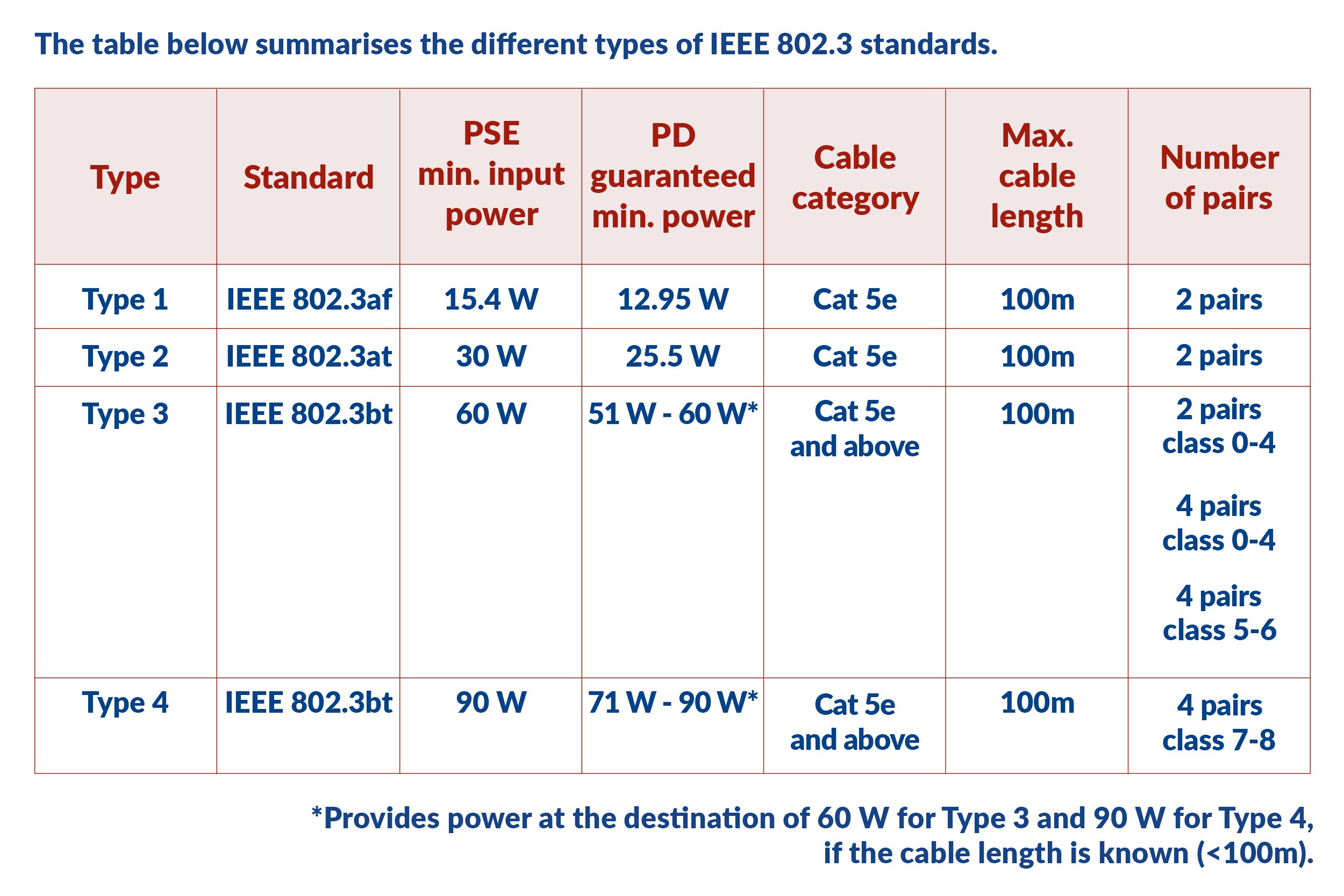 This will ensure PoE++ performance, and the critical compliance standards include:
This will ensure PoE++ performance, and the critical compliance standards include:
- Reference to UL 1863 1000V (vs 500V) listing needed for higher levels (Type 3 and 4) of PoE.
- Compliance to IEC60603-7-2011, point 6.6.1 meets the minimum insertion and removal of RJ45 is 750 times and 2500 times for PL2, which only 50µm gold-plated RJ45 connectors can provide.
- The Federal Communications Commission (FCC) has clear regulations on the gold plating thickness of RJ45 contacts - a qualified RJ45 should be constructed using only 50µm gold-plated contacts.
Factors To Consider with Gold Plating
Several key factors must be considered when discussing the impact of the gold plating thickness of RJ45 connectors on PoE++. PoE++ is a network technology that allows data and power through Ethernet cables for remote devices. It has higher requirements for network equipment's power supply capacity and network connections' reliability. The RJ45 connector is a crucial component for connecting network cables and equipment, and its gold plating thickness directly affects the quality and performance of the connection.
Resistance and Heat
The thickness of the gold plating can affect the resistance of the connection. The thicker the gold plating is, the lower the resistance at the connection will be, which means less heat is generated during power transmission. This is particularly important for PoE++ because it supports higher power transmission than standard PoE, so controlling the heat at the connection is crucial in ensuring stable equipment operation and extending service life. The IEEE 802.3bt standard defines two types of PoE, Type 3 and Type 4. Type 3 can provide up to 60W of power, while Type 4 can provide up to 100W.
Corrosion Resistance
The gold-plated layer protects the connector from corrosion, which is crucial for maintaining good electrical connections. In high humidity or corrosive environments, corrosion may increase resistance and heat, and decrease connection reliability. Therefore, a thicker gold plating RJ45 can better protect the connector and extend its service life. To proactively anticipate and support future PoE++ technology deployments, the structured cabling systems of LAN networks should be sized to support the higher voltage and current requirements of PoE++. The use of PoE++ on cabling infrastructure can create an electrical arc between the plug contact of the patch cord and the contact of the RJ45 connector during the disconnection phase (see followed), therefore we must choose 50µm gold-plated RJ45.
Wear Resistance
During the insertion and removal process, the surface of the connector may wear out. The gold-plated layer provides a degree of wear resistance, thus reducing the degradation of the contact surface. The thicker the gold plating is, the better the wear resistance will be, which helps to maintain low resistance and high-quality connections, which is especially important for applications with frequent plugging and unplugging. In 6.6.1 of IEC60603-7-2011, it is stipulated that the minimum times of PL1 for the insertion and removal of RJ45 is 750 times and 2500 times for PL2, which only 50µm gold plated RJ45 connectors can provide.
Summary
In summary, the influence of the RJ45's gold plating thickness on the application of PoE++ is reflected in reduced electrical resistance, heat dissipation, corrosion resistance, and wear resistance. When designing and deploying PoE++ systems, choosing a 50µm gold-plated RJ45 connector is important to ensure system performance, reliability, and economic benefits.
As you can imagine, using an increased gold plating layer can increase costs; in summary, when designing and deploying PoE++ systems, you must choose the best-performing cable.
We have managed these performance improvements without any cost increase to ensure your PoE++ systems can meet the higher current and capacity requirements PoE++ requires.
Many of our PoE++ Network Patch Leads are available in our ESG Bulk Packaging options.
Category 6 Network Patch Leads |
||
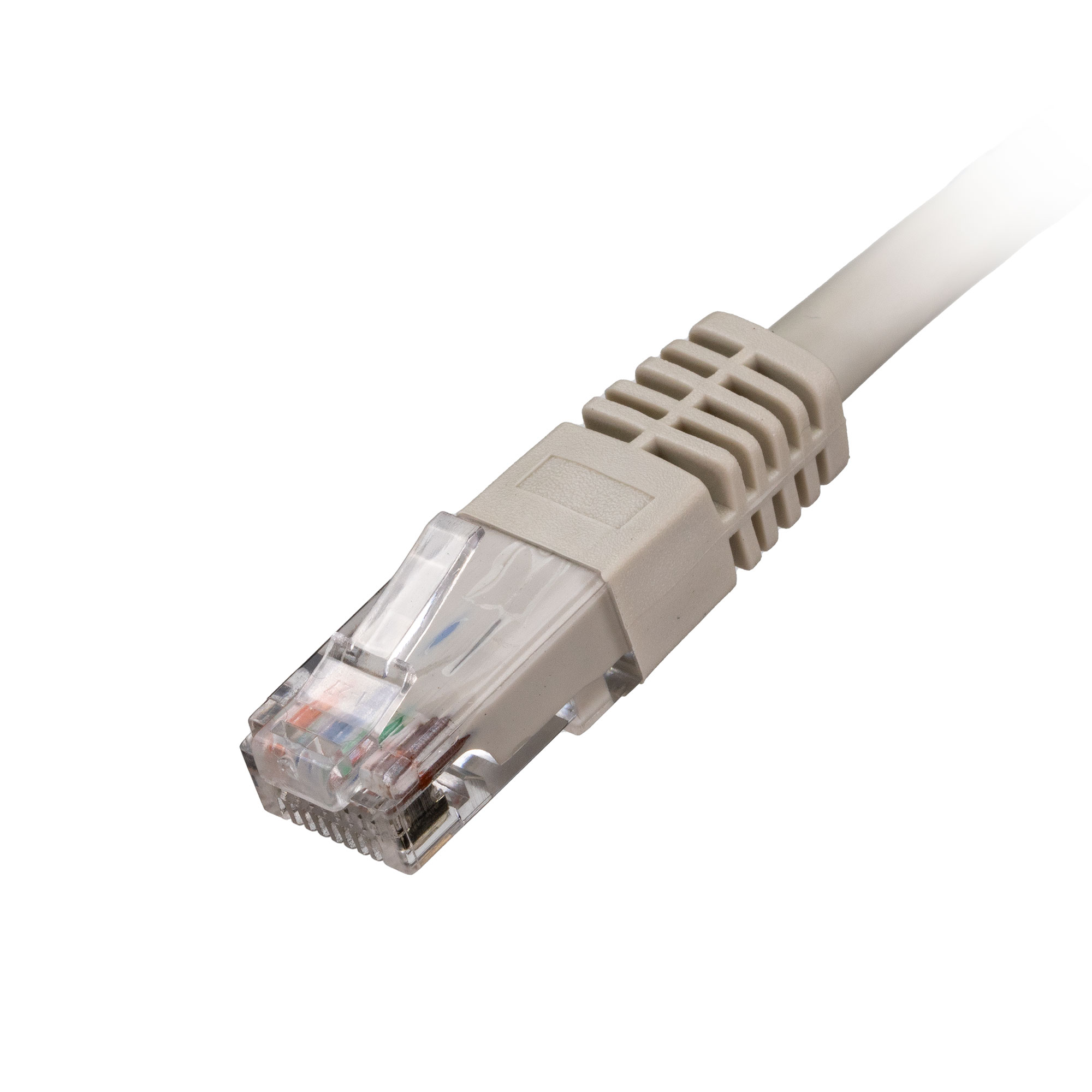 Cat6 U/UTP PVC Patch Leads |
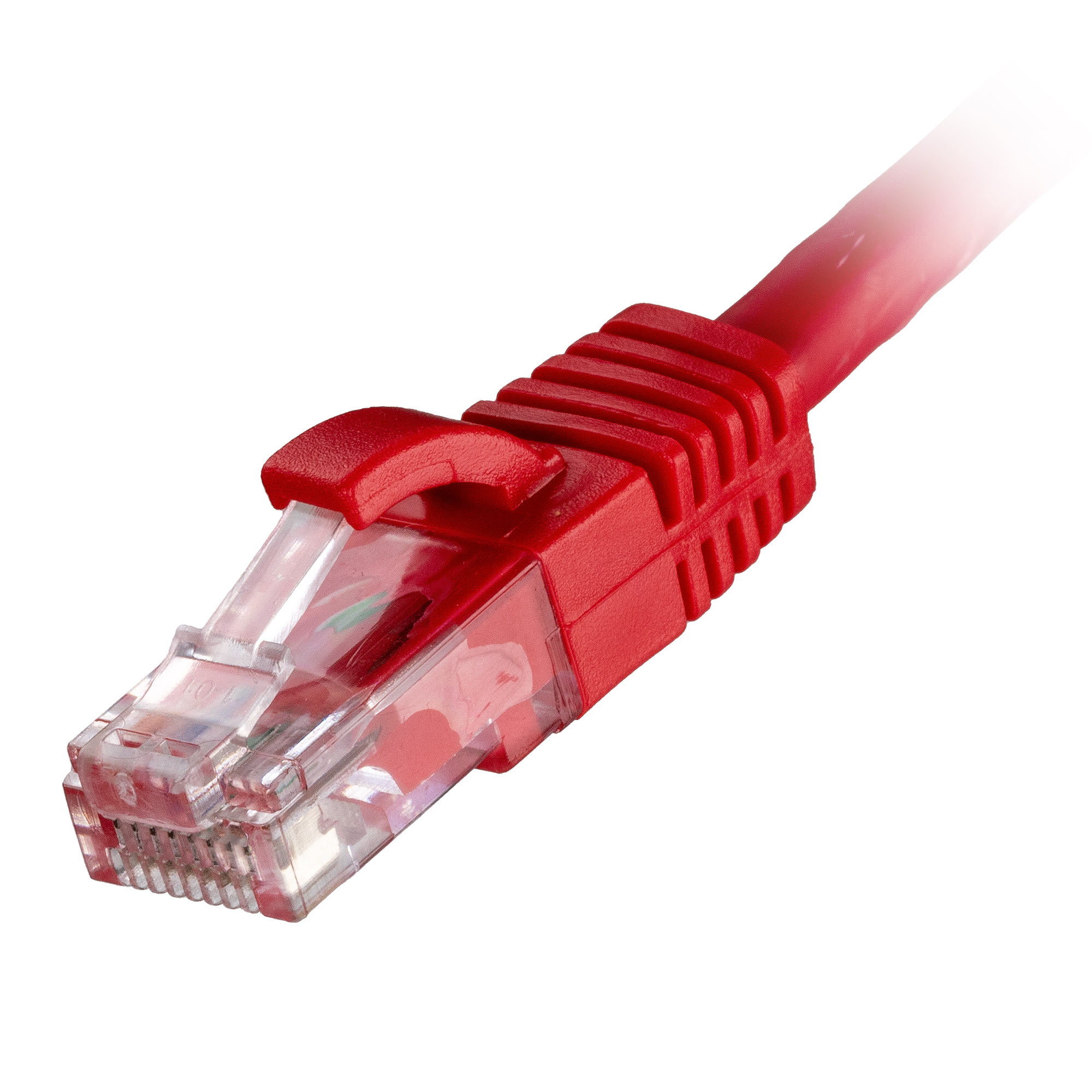 Cat6 U/UTP LSOH Patch Leads |
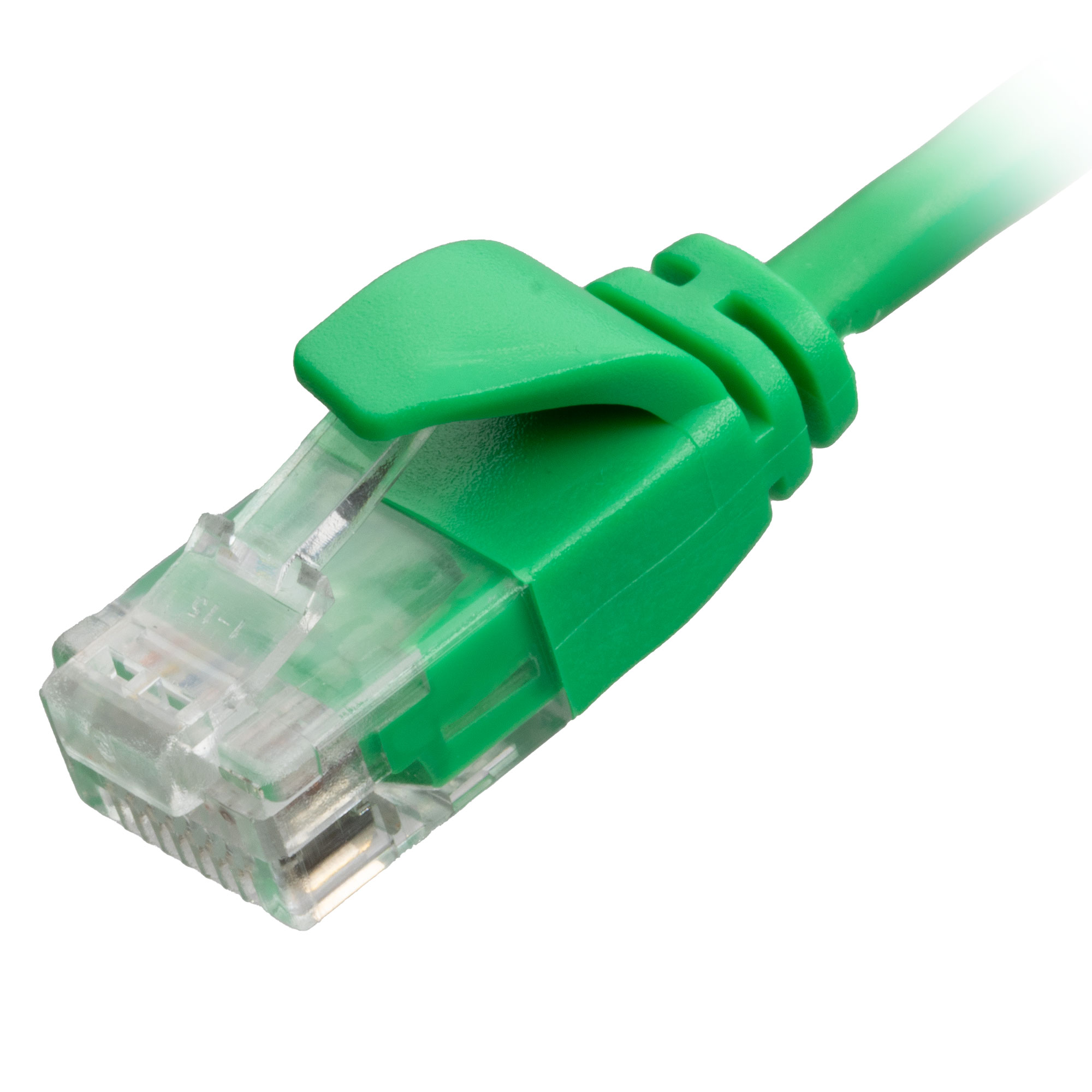 Cat6 U/UTP Slimline Snagless Patch Leads |
Category 6a Network Patch Leads |
|
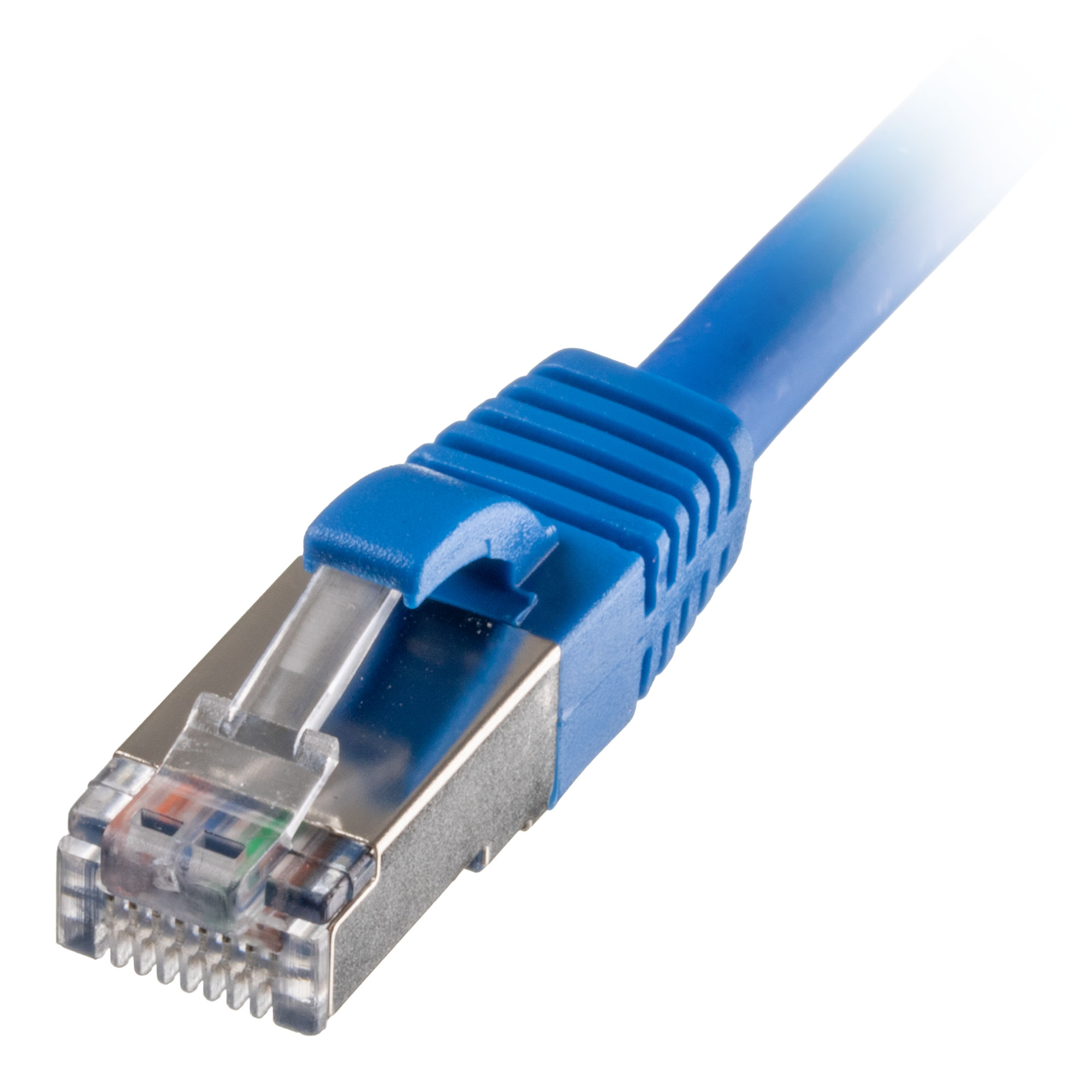 Cat6aS/FTP LSOH Patch Leads |
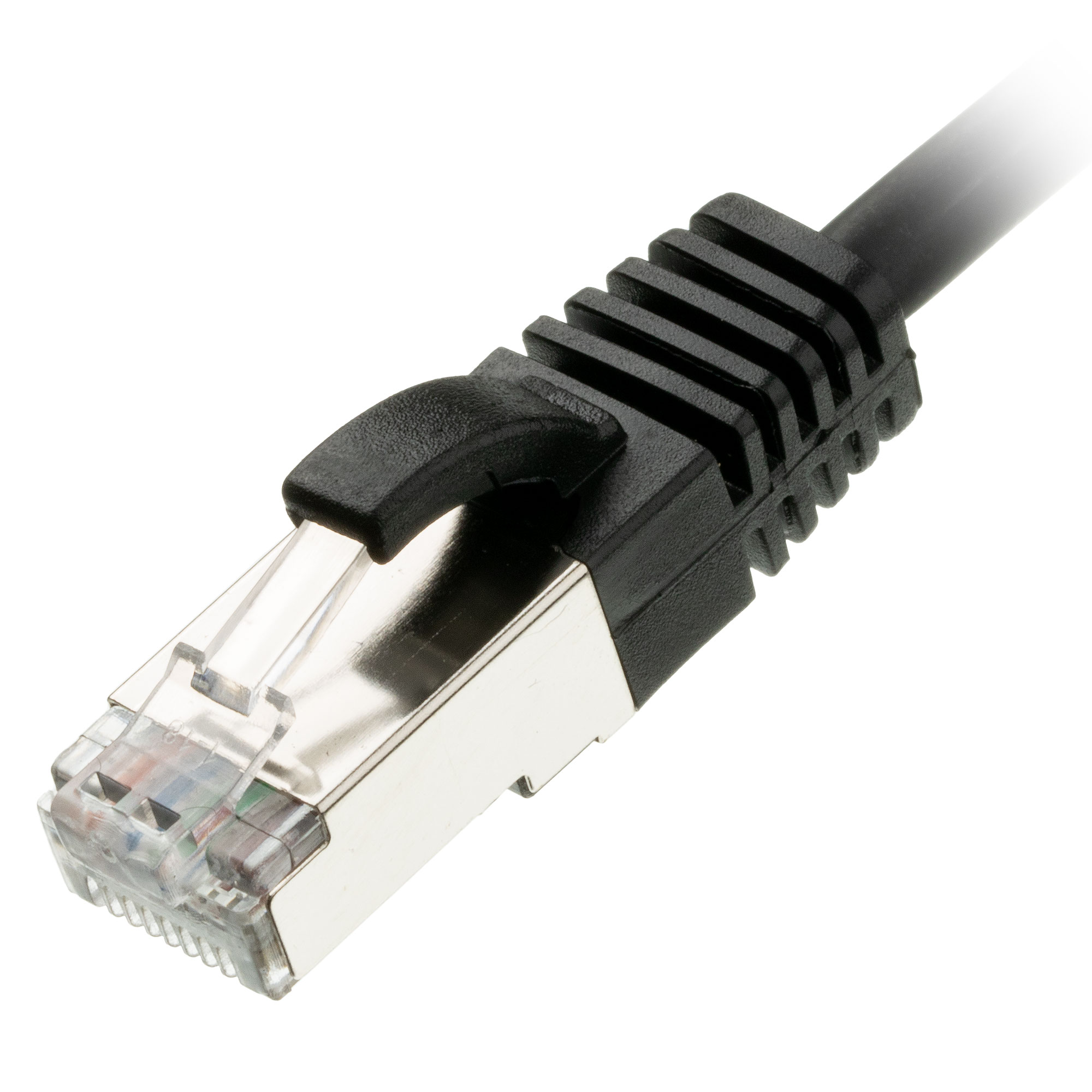 Cat6a U/FTP Slim Snagless Patch Leads |
*"Full Gold" is a TM of Cablenet Trading for their RJ45 plug constructed with 50µm gold-plated contacts.
Find out more information regarding PoE standards here.
